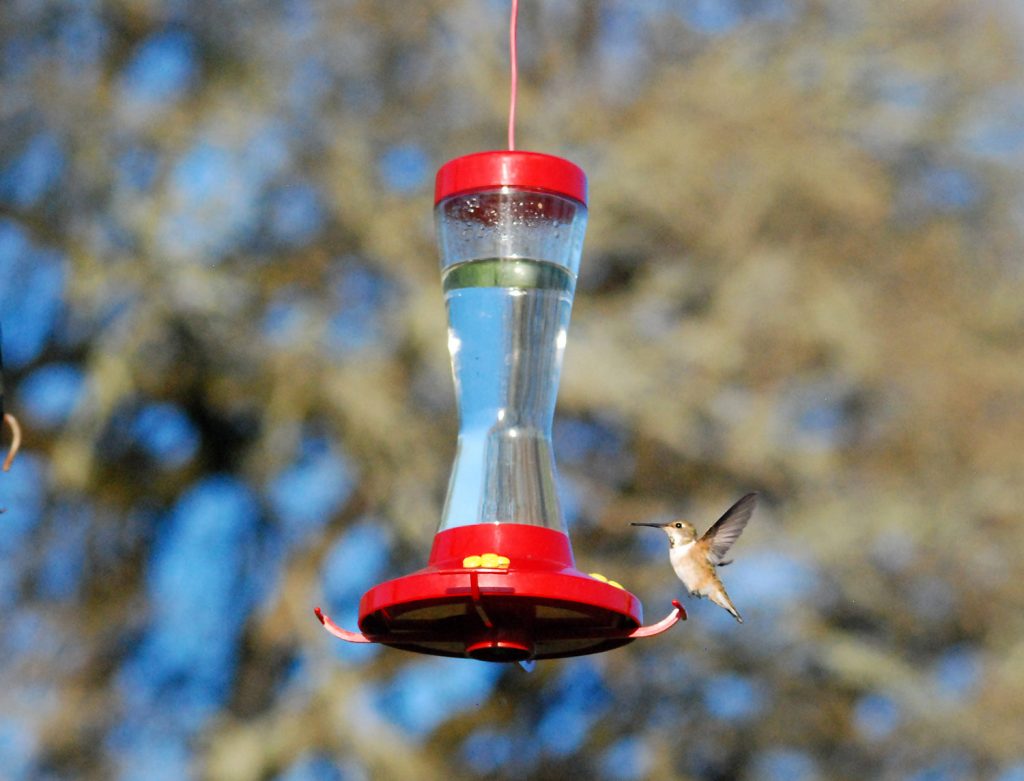
Nutrients and Energy
Nutrients & Energy
Animals need to eat other organisms, but they have to eat specific organisms to survive.
Learning Objective: Describe animal nutrient and energy requirements, including their availability in food sources.

This section introduces why animals need to eat other organisms: to obtain nutrients and energy.
Nutrients cycle through the ecosystem, including the bodies of organisms.
Caring for animals means providing adequate nutrients, often from a variety of foods.
Goats are classified in Family Bovidae, sharing ancestry and structural characteristics with cows and sheep. Cows and sheep graze on low-lying grass plants, but goats are browsers that eat higher plant materials, including branches and fruit.
Goats are fed hay and prepared diets that include a large amount of fiber.
Supplemental fruits and vegetables add nutrient diversity.
Hummingbirds get most of their energy from sugar in nectar. Anna’s Hummingbird (Calypte anna) has expanded in population size and distribution along the west coast of the U.S, largely due to its ability to utilize bird feeders.
Hummingbirds get a range of nutrients from consuming more than just the sugar and water provided in feeders.
This feeder supplies a range of additional nutrients.
Calcium is a key nutrient for bone growth, nervous system function, and egg development.
Mark demonstrates a technique to enhance calcium in bird diet.
Start Your Media Assignment here
For this assignment you will be developing a feeding plan for an animal species of your choice. This can be a farm animal, a pet, or a wild animal that is being fed, like the hummingbirds. This can be an animal you are currently caring for, have cared for in the past, or may care for in the future.
Include in the plan you are submitting:
-
the common and scientific name (Genus species) of your animal.
-
the animal’s functional classification (herbivore, carnivore, omnivore) and what the animal (or its ancestors) eats/ate in the wild.
-
a list of the food(s) you need to provide on a regular basis to supply the animal’s required nutrients and energy sources. This list may vary by season, age of the animal, or reproductive stage. It can include recipes and cite resources with additional information, if desired.

Water is a key nutrient and the next section introduces the amazing properties of water.











